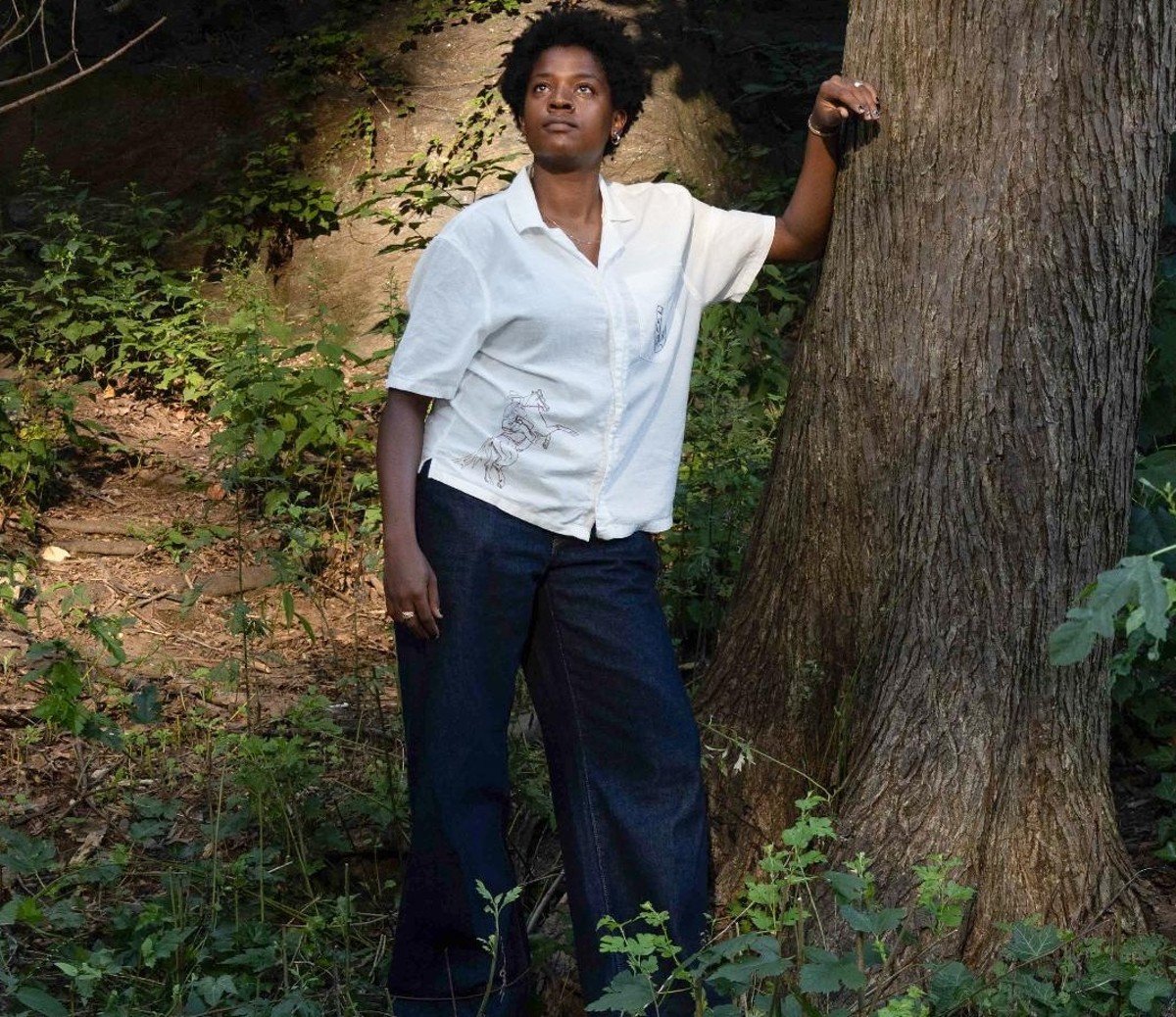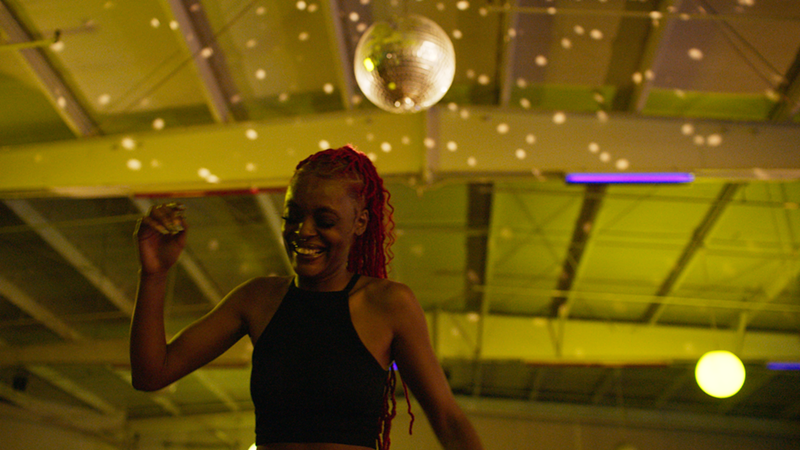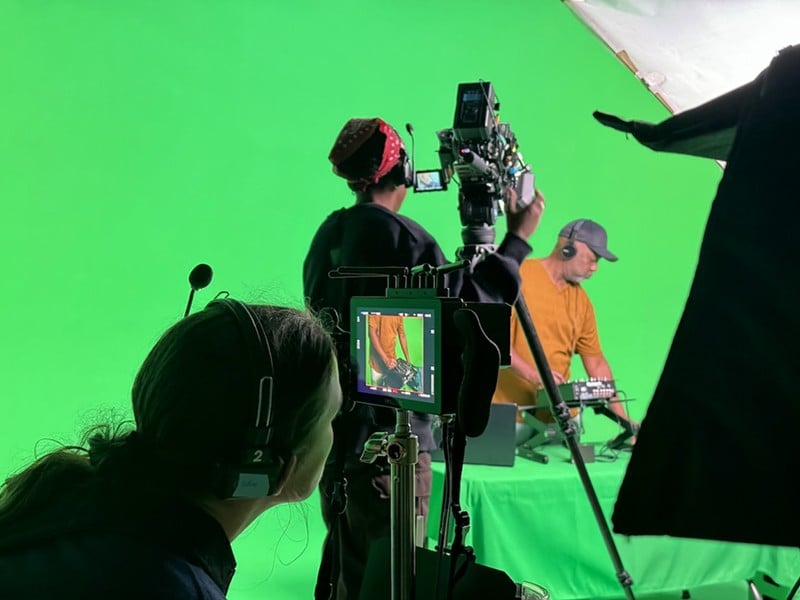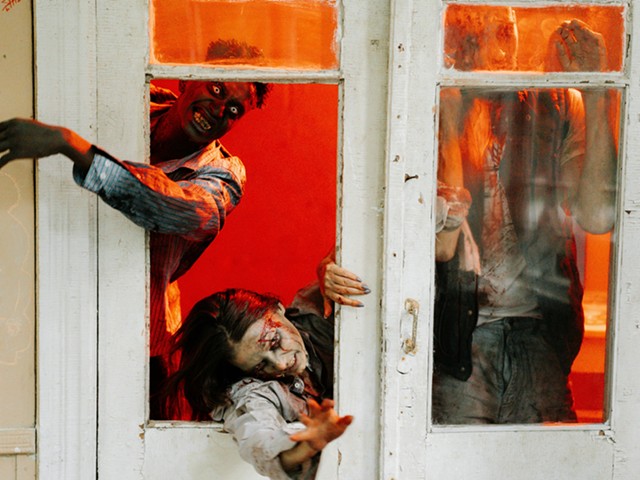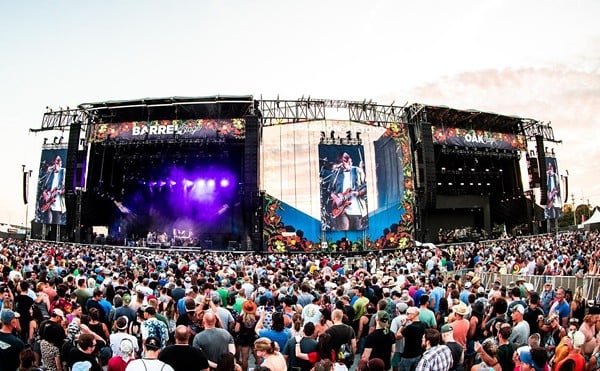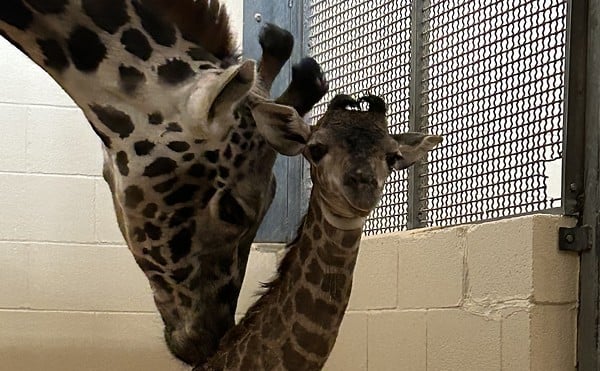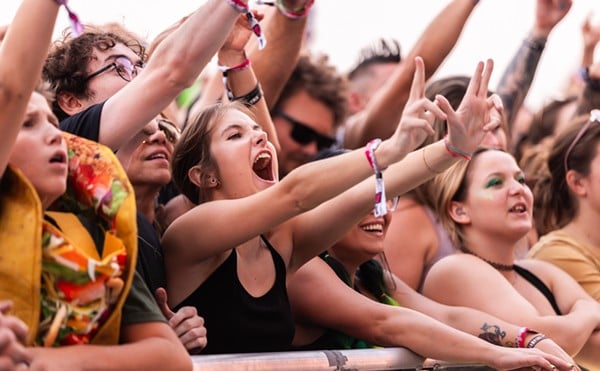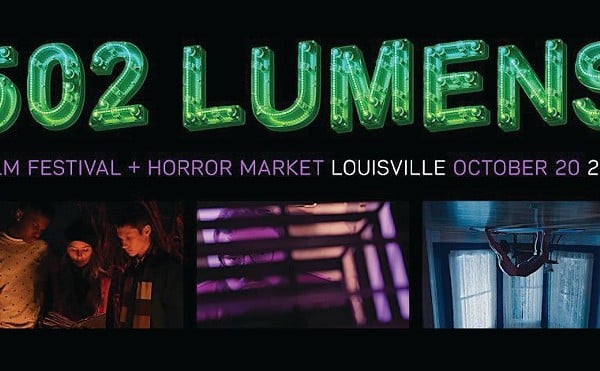Imani Dennison was born and raised in Louisville. A Howard University Graduate, Dennison has created commissioned works for PBS, ITVS, and Procter & Gamble. Previously, Dennison premiered “Bone Black: Midwives vs. The South” at Tribeca Film Festival. Currently, they are a 2025 Black Rock Senegal Artist-In-Residence developing a multimedia series, “Mississippi Mud In Spring.
“The People Could Fly,” is a recent documentary short directed by Dennison. It had its world premiere at Black Star Film Festival on Aug. 3. The film was produced through Chicken & Egg Pictures | POV Shorts a production collaboration that funded Dennison’s and four other grantees projects. “The People Could Fly” is the first original produced by American Documentary/POV shorts.
The short film looks at the history of Black gathering spaces in Louisville with a focus on rollerskating culture. The film pairs photos, archival footage and other materials to share the Black community in Louisville.
LEO asked Dennison about her work and her upcoming projects.
LEO: Tell me about your connection to Louisville and the roller skating culture.
Imani Dennison: I was born and raised in Louisville, Kentucky coming from a long lineage of Kentuckians, farmers, social workers, and community workers. Most of my most favorite formative years were spent in a community called Newburg, also known as Petersburg, a place historically known for its Post-Civil War history. Some Black families were able to acquire land, making Petersburg one of the areas where African Americans established small farms. This was part of a broader trend of Black land ownership in rural Kentucky, where African Americans sought autonomy and economic stability through farming. Growing up, I was immersed in the local skating scene, which was not just a pastime but a community hub. My family ties run deep, with my grandfather hailing from the historic West Louisville and my mother growing up all of the city, leading me to attend Central High School.
Broadway Roller rink was a big part of those years. What other spaces did you include?
My parents grew up skating at Broadway Roller Rink, one of the first Black-owned rinks in Louisville, KY, opening during the segregated South. It was more than just a rink—it was a cultural hub that provided a sense of community and belonging. For most of the film, I focused on Robben's Roost skating rink, the place where I spent countless Friday nights as a teenager. It was a ritual: the energy of the rink, the camaraderie of other teens, and the thrill of the final hour when we’d take our skates off and dance. That transition from skating to dancing was one of the most cherished parts of my experience, embodying the freedom and joy that these spaces held.
As a kid who lived on my skates in the 80s, it was like my first vehicle, maybe more than my bike. What information did you gather from others who were enthusiasts of skating?
Skating for a lot of Louisvillians have been described as "life, freedom, and ultimate joy." Skating has been described as protecting and growing one's identity and personhood, affording them the ability to remove their masks and be their authentic selves. Some have even described losing themselves on the rink floor being captivated by what the portal of the rink provides, ultimate safety. I think of this film as an investigation on how rinks emerged as sanctuaries in Louisville and truly, people do feel healed after skating. Not only is it wood therapy, as LaNeisha Beasley and Markice Armstrong described, but church.
Tell me about how you became involved in filmmaking.
I became involved in filmmaking in college when my friend Morgan Matthews and I went on a journey through DC documenting the lives of the Shaw/Howard community investigating how non-traditional health and medicine practices have deep roots in the DC infrastructure. We rode around in my 1987 tiny red camaro keeping a good prayer that it would get us through our journey,and it did. After that I moved to New York City with wet ears and big dreams. I continued with moving images, mostly lensing music videos, short films, and documentaries. What piqued my interest in images at all was being gifted an old analogue Minolta camera from my dad. I joined the photography club at Central High and started taking pictures of my family and random objects, trying to stay inspired while exploring a new medium. Going to college and being dropped in a portal that I describe as Black utopia really grounded me in honoring myself as an image maker coming behind and beside so many greats.
Any other projects in the works?
I'm working on a project now called “Mississippi Mud in Spring” that I'm developing through Points North x Black Star Film Festival's North Star Fellowship. I will further develop this project during a residency at Black Rock Senegal. Mississippi Mud in Spring is a multimedia project slated to be my first photography book. I'm simultaneously writing two narrative scripts and actively dreaming up new worlds for myself and loved ones.
Who were some of the people locally that were interviewed for this work?
Some of the people interviewed for this film were:
Jordan Bridgewaters, Antijuan Osborne, Jordan Wales, Teveon Golden, LaNeisha Beasley, Markice Armstrong Sr., Charita Burns, Juan Burns, Shae Burns, June Bradford, Charlene Hampton Holloway, Miss D (Aka Silverfox), Rick Thompson, Stephanie M. Johnson, Teylor Frakes

